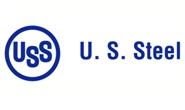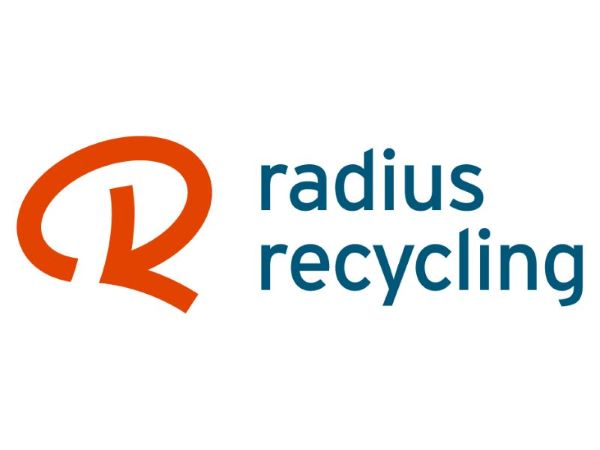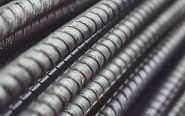Steel Mills

US Steel to Move US Steel Canada Production Stateside
Written by Sandy Williams
September 3, 2015
US Steel plans to relocate 15,000 tons of monthly automotive steel production from Hamilton Works and Lake Erie Works to its US facilities. Court monitor Alex Morrison was informed that the reallocation will take effect for customer shipments in Oct. 2015. Seventeen employees at Hamilton will be laid off and 10 others redeployed.
The production being diverted represents a significant impact on Hamilton’s revenue, earnings and cash flow.
According to the monitor’s report:
“As a result of the proposed mill loading reallocation, USSC has forecast that production at each of Lake Erie Works and Hamilton Works will be reduced by approximately 45,000 tons for the remainder of 2015 and approximately 180,000 tons for 2016. Without the replacement of this tonnage through new customer orders, USSC estimates that the move of production will result in a reduction of approximately $40 million of revenue for the last three months of 2015 and approximately $162 million of revenue for 2016. Further, USSC estimates that the impact on its forecast EBITDA will be a reduction of approximately $8.8 million for the remainder of 2015 and approximately $35.1 million for 2016.
“Although this does not represent all of Hamilton Works’ automotive production the above tonnage loss represents approximately 27% of total Hamilton Works total production, based on current production levels.”
US Steel declined to provide further information and details to Morrison without a non-disclosure agreement which was agreed to and is now under review. Morrison requested that US Steel delay the transfer until January 1 so that the cash flow forecast for USSC would not be impacted but US Steel refused.
According to US Steel, the move will lower shipping costs and allow one of US Steel’s galvanizing lines to pick up production since the Hamilton lines are fully booked. US Steel also cited a historical precedent for the move and a greater opportunity for Hamilton to replace lost tons versus the US facility. USSC says it will not be able to find customers to replace the lost tonnage in a timely manner or at the same pricing to make up for the loss it will suffer in 2015 and 2016.
The court monitor requested the Stay Period ending Sept. 11 be extended to Dec. 11, 2015. A revised forecast for US Steel Canada during that time frame (not including the proposed reallocation) predicts USSC will have total receipts of approximately $592 million and disbursements of 653.1 million. Cash at the end of the period on Dec. 11 is expected to be $31.1 million, requiring a draw of $24 million on the Replacement DIP.

Sandy Williams
Read more from Sandy WilliamsLatest in Steel Mills

Toyota Tsusho America to acquire Radius Recycling for $1.34 billion
The companies said Thursday that Radius shareholders will receive $30 per share in cash upon the deal’s closing, which is expected in the second half of this year.

Algoma resumes steel shipments to US
Canadian steelmaker Algoma Steel confirmed it has resumed shipments to the US, effective Friday.

Algoma posts narrower Q4 loss, braces for tariff impact as US shipments pause
Algoma Steel's net loss narrowed in the fourth quarter vs. a year earlier amid economic uncertainty and tariff-related issues.

Evraz NA refutes report it falsified tests on plate for US military
Employees at Evraz North America, a subsidiary of Russia's Evraz plc, reportedly falsified quality control test results on armored plate for military vehicles. Evraz NA denies the claims.

Pacific Steel breaks ground on California rebar mill
Pacific Steel Group has broken ground on its Mojave Micro Mill in Southern California.
